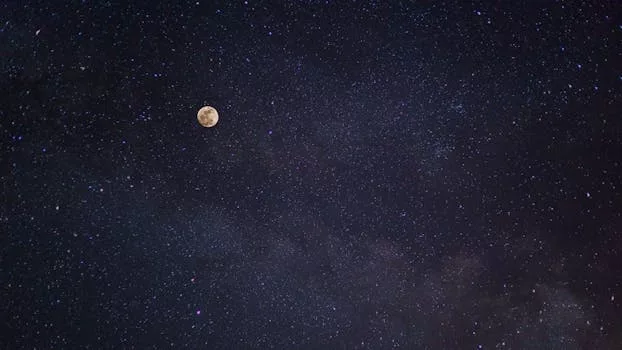
“
Beyond the Milky Way: Imagining New Worlds and Possibilities
Introduction to Beyond the Milky Way
Beyond the Milky Way: Imagining New Worlds and Possibilities is a concept that has fascinated humans for centuries. The idea of exploring and discovering new worlds beyond our galaxy is a tantalizing one, filled with endless possibilities and mysteries waiting to be unraveled. As we continue to advance in our technological capabilities and space exploration, the possibility of discovering new worlds and life beyond our galaxy becomes increasingly plausible.
Understanding the Milky Way
The Milky Way is the galaxy that contains our solar system, and it is just one of billions of galaxies in the observable universe. It is a barred spiral galaxy, consisting of hundreds of billions of stars, as well as various types of interstellar gas and dust. The Milky Way is estimated to be about 100,000 light-years in diameter, and it is thought to contain between 200 and 400 billion stars.
Exploring Beyond the Milky Way
So, what lies beyond the Milky Way? The short answer is that we don’t really know for sure. However, based on observations and simulations, scientists have made several discoveries that have shed some light on the mysteries of the universe beyond our galaxy.
One of the most significant discoveries in recent years is the detection of exoplanets, which are planets that orbit stars other than the Sun. Over 4,000 exoplanets have been discovered so far, and many of these planets are believed to be located in the habitable zones of their respective stars, where conditions are suitable for life as we know it. This exploration has led to increased interest in imagining life beyond the stars.
Imagining New Worlds and Possibilities
The discovery of exoplanets has sparked a new wave of interest in the search for life beyond Earth. Scientists are now using a variety of methods to search for signs of life, such as studying the atmospheres of exoplanets for signs of oxygen or methane, which could be produced by living organisms. This quest for knowledge is akin to charting new realms in our understanding of the universe.
In addition to the search for life, the exploration of new worlds beyond the Milky Way also raises important questions about the potential for human colonization and the long-term survival of our species. As we continue to face challenges such as climate change, nuclear proliferation, and pandemics, the idea of establishing human settlements on other planets becomes increasingly appealing, reflecting the power of imagination beyond the stars.
Conclusion and Takeaways
In conclusion, the idea of exploring and discovering new worlds beyond the Milky Way is a fascinating one, filled with endless possibilities and mysteries waiting to be unraveled. As we continue to advance in our technological capabilities and space exploration, the possibility of discovering new worlds and life beyond our galaxy becomes increasingly plausible.
Some key takeaways from this exploration include:
- The Milky Way is just one of billions of galaxies in the observable universe.
- The discovery of exoplanets has sparked a new wave of interest in the search for life beyond Earth.
- The exploration of new worlds beyond the Milky Way raises important questions about the potential for human colonization and the long-term survival of our species.
See more:
https://www.nasa.gov/
https://www.esa.int/
https://www.space.com/






